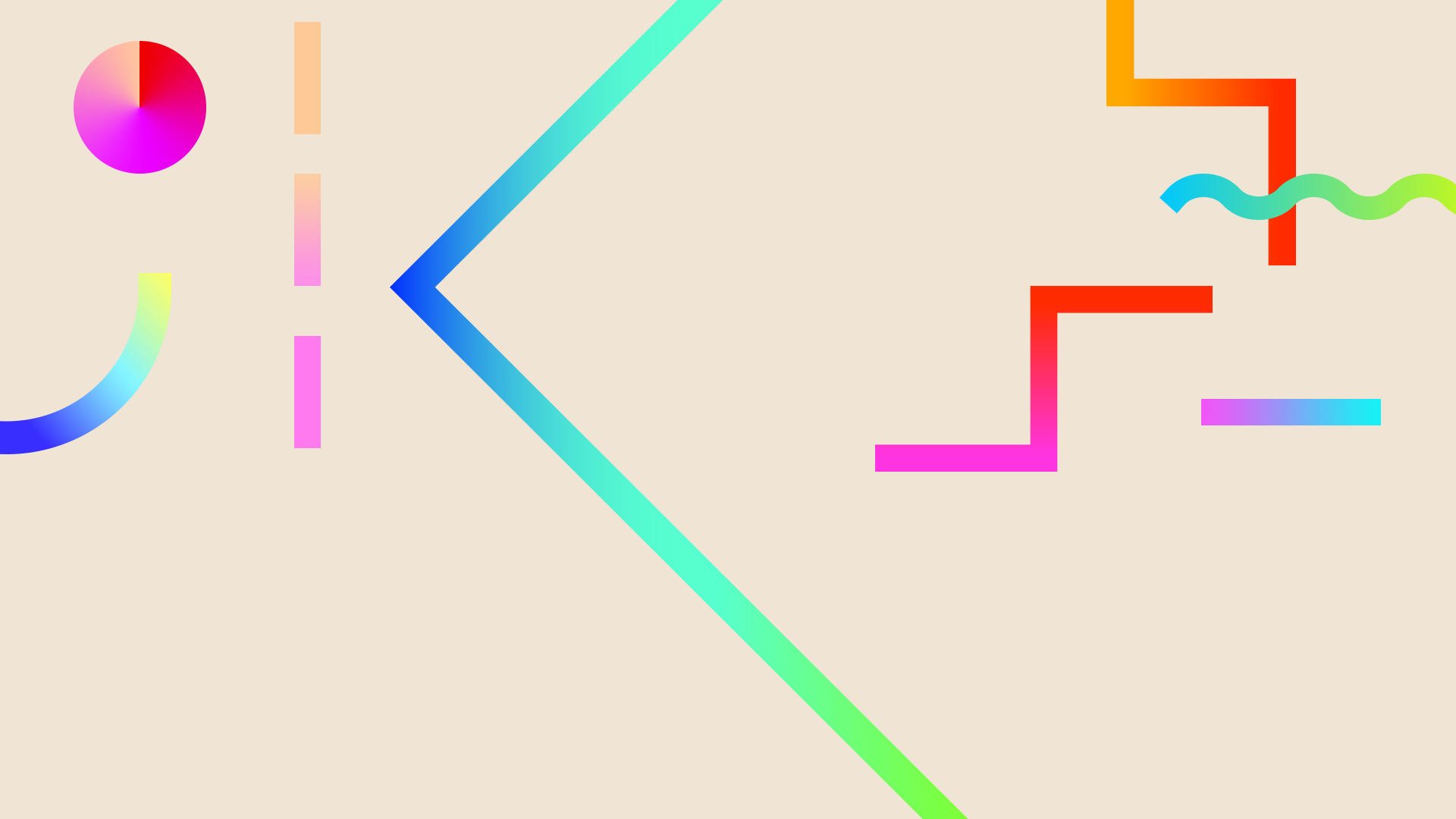
Bounce the Ball with B
Emergent Literacy Design
Rationale:
This lesson will help children identify /b/, the phoneme represented by B. Students will learn to recognize /b/ in spoken words by learning a meaningful representation (dribbling a ball) and the letter symbol B, practice finding /b/ in words, and apply phoneme awareness with /b/ in phonetic cue reading by distinguishing rhyming words from beginning letters.
Materials:
-
Primary paper and pencil
-
chart with "Bob bounces the basketball better than Billy"
-
drawing paper and crayons
-
The Berenstain’s B Book (Stan and Jan Berenstain, 1971)
-
word cards with BOUNCES, FIX, MAKE, BOOK , PORK, and BAKE
-
assessment worksheet identifying pictures with /b/ (URL below).
-
Procedures:
1. Say: Our written language is a secret code. The tricky part is learning what letters stand for—the mouth moves we make as we say words. Today we're going to work on spotting the mouth move /b/. We spell /b/ with letter B. Ball starts with the letter B and makes the sound /b/, and bouncing a ball sounds like /b/.
2. Say: Let's pretend to bounce a ball, /b/, /b/, /b/. Make the sound when pretend to bounce the ball. When we say /b/, we put our lips together and then push them out.
3. Say: Let me show you how to find /b/ in the word crib. I'm going to stretch crib out in super slow motion and listen for my bouncing ball. Cc-rr-i-bb. Slower: Ccc-rrr-i-i-i-bbbb. There it was! I felt my lips press together then push them out. I can feel the bouncing ball in crib.
4. Let's try a tongue twister [on chart]. "Bob bounces the basketball better than Billy." Everybody say it three times together. Now say it again, and this time, stretch the /b/ out at the beginning of the words. "Bbbob bbbounces the bbasketbball bbbetter than Bbilly." Try it again, and this time break it off the word: "/b/ ob /b/ounces the /b/basket /b/all /b/etter than /b/illy.
5. [Have students take out primary paper and pencil]. We use letter B to spell /b/. Capital B is a line with a double bubble. You will go straight down the sidewalk: around for his big chest and around for his big tummy. Let's write the lowercase letter b. Start at the rooftop and make a line down to the sidewalk, b-b-bounce up and around. I want to see everybody's b. After I put a smile on it, I want you to make nine more just like it.
6. Call on students to answer and tell how they knew: Do you hear /b/ in buzz or fun? bam or pow? Cab or hat? curb or side? neck or back? Say: Let's see if you can spot the mouth move /b/ in some words. Dibble your pretend ball if you hear /b/: The, bunny, bag, hug, bus, long, his, busy, blue, flowers.
7. Say: "Let's look at this book called Berenstain’s B Book. It’s about three different animals all on an adventure! They do silly things like blow bubbles and ride a bike backwards. Something happens when they ride their bike backwards. We will have to read to find out! After reading this book, ask the students what other animals start with B. Make sure when they say their animal, they pretend to dribble their ball. Ask the students to then name their animal a name that starts with a B. Give examples like , “Bob the bunny”. Distribute sheets and have each student write their silly name with invented spelling and draw a picture of their silly creature. Display their work.
8. Show BOG and model how to decide if it is fog or bog: The B tells me to dribble my ball, /b/, so this word is bbb-og, bog. You try some: BAT: hat or bat? BEST: best or fest? BOY: boy or toy? COAT: coat or boat? BIRD: bird or third?
9. For assessment, distribute the worksheet. Students are to complete the partial spellings and color the pictures that begin with B. Call students individually to read the phonetic cue words from step #8.
References:
Book: Berenstain, Stan, and Jan Berenstain. The Berenstains' B Book. New York: Random House, 1971. Print.
Worksheet: https://www.education.com/worksheet/article/coloring-learn-letter-b/
Resource of another B lesson: Snider, Miranda: http://mirandarsnider18.wixsite.com/mirandasnider/emergent-literacy
